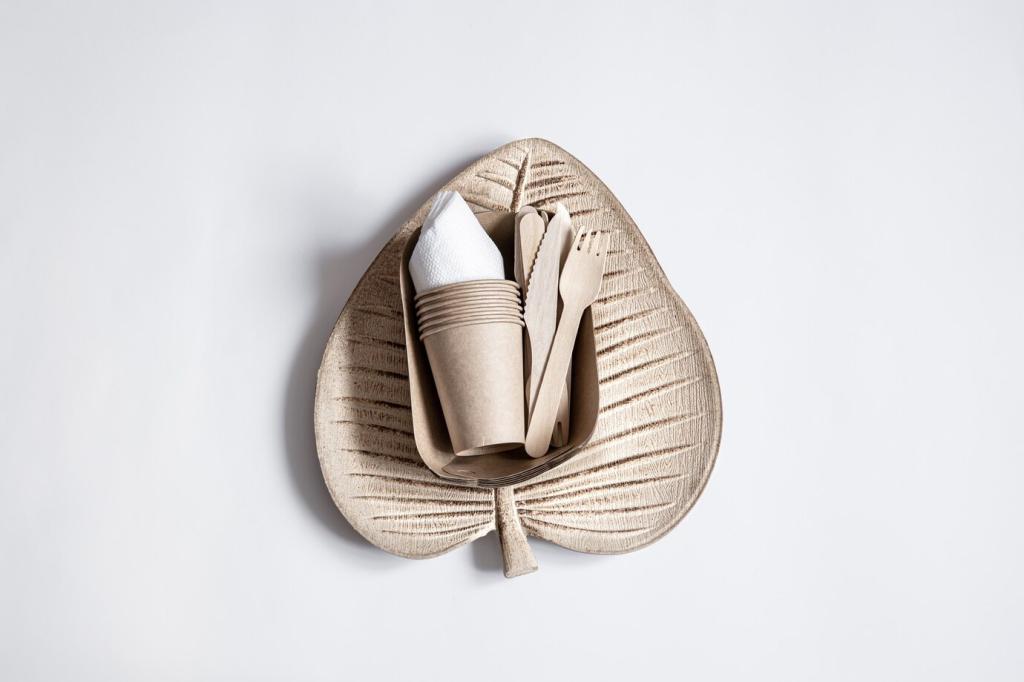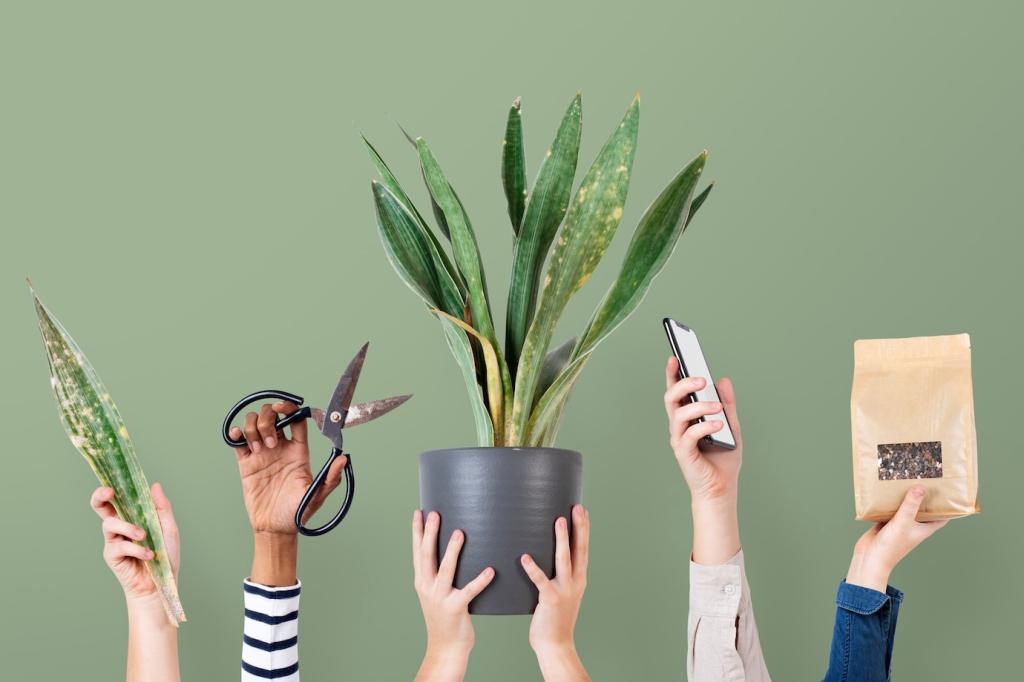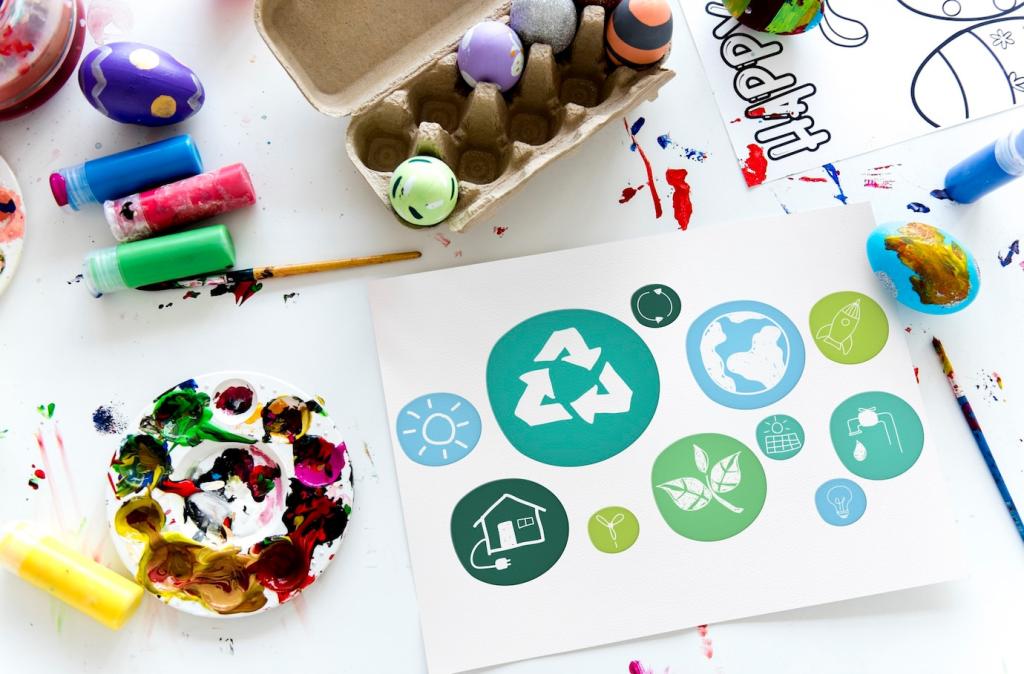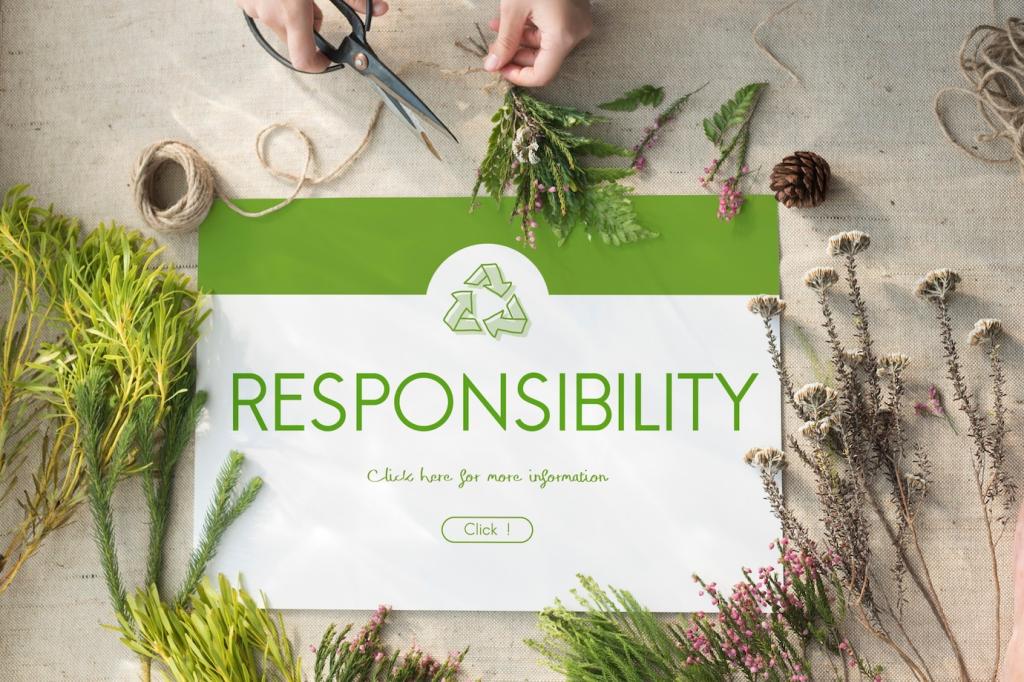Care, Repair, and Timeless Style
Small, steady care beats heroic overhauls. Vacuum wool rugs weekly, rotate seasonally, add felt pads under chairs, and refresh soap-finished floors with a light mop. Keep a tiny repair kit: wood wax, touch-up pigments, and spare screws. What habit has saved your space from wear? Share it so others can adopt it tomorrow.
Care, Repair, and Timeless Style
A mid-century armchair with sagging springs was revived by a local upholsterer who retied the webbing and used natural latex foam. The chair feels new, without losing its history. Patching lime plaster, oiling hinges, and replacing a single cabinet front beats a full rip-out. Tell us your proudest repair—photos welcome.
Care, Repair, and Timeless Style
Timeless design trims waste by staying desirable. Choose honest materials, classic silhouettes, and a restrained palette layered with natural textures. Morning light on clay-painted walls, a linen curtain’s sway, a cork floor’s quiet—these never tire. Commit to slower choices and quicker care. Subscribe for monthly mood boards built around durable, sustainable materials.
Care, Repair, and Timeless Style
Lorem ipsum dolor sit amet, consectetur adipiscing elit. Ut elit tellus, luctus nec ullamcorper mattis, pulvinar dapibus leo.










